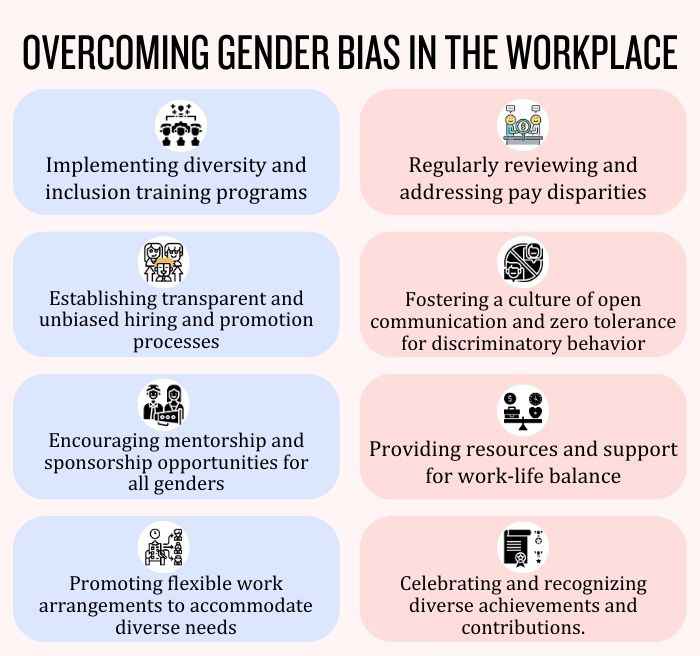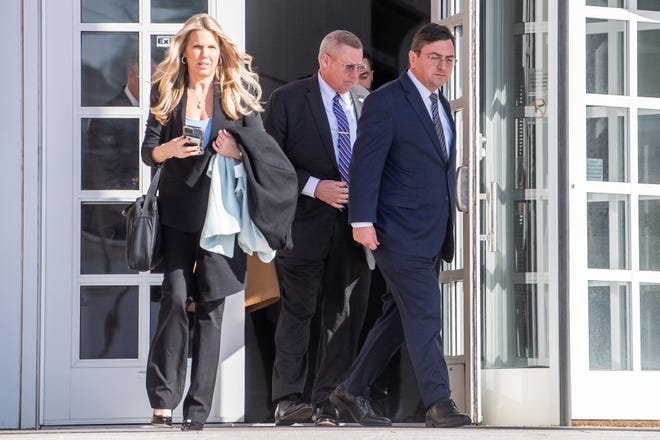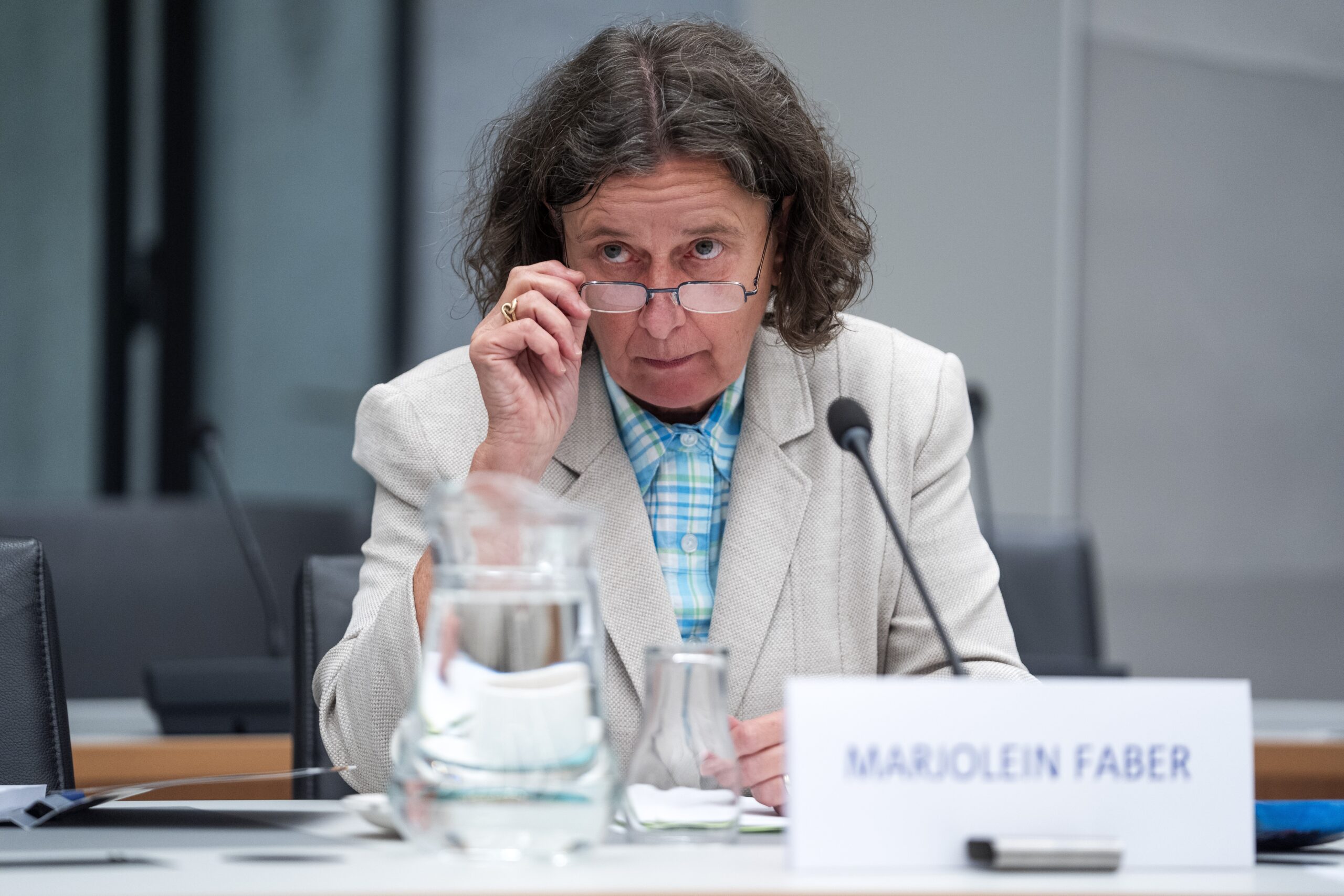From Flight Attendant To Pilot: Overcoming Gender Bias In Aviation

Table of Contents
The Gendered Landscape of Aviation
Historical Context and Societal Expectations
Historically, aviation has been a male-dominated field. This imbalance stems from deeply ingrained societal expectations and historical limitations placed upon women.
- Historical Limitations: For decades, women were largely excluded from flight training and pilot licensing, often relegated to supporting roles like flight attendants. Opportunities were severely restricted, and the necessary training was inaccessible to many.
- Societal Stereotypes: Harmful stereotypes portrayed women as being too emotional, physically weak, or intellectually incapable to handle the demands of piloting. These ingrained biases discouraged women from even considering a career in aviation.
Implicit and Explicit Bias in the Industry
Women in aviation continue to face various forms of bias, both subtle and overt. This impacts recruitment, training, promotion, and overall career progression.
- Implicit Bias in Hiring and Promotion: Unconscious biases can influence hiring managers to unintentionally favor male candidates, even when female applicants possess superior qualifications.
- Explicit Discrimination: Sadly, some women experience direct and overt discrimination, such as sexual harassment, unfair treatment, or outright rejection based solely on their gender.
- Lack of Female Role Models and Mentors: The underrepresentation of women in leadership positions creates a lack of visible role models and mentors, leaving aspiring female pilots feeling isolated and unsupported.
The Flight Attendant to Pilot Transition: A Unique Pathway
For some women, a career as a flight attendant provides a unique entry point into the aviation world, offering a potential pathway to becoming a pilot.
Advantages and Disadvantages
This transition offers several benefits, but also presents unique challenges.
- Advantages:
- Industry Familiarity: Flight attendants gain firsthand experience with airline operations, aircraft, and procedures, providing a valuable foundation for a pilot career.
- Networking Opportunities: Working closely with pilots and other aviation professionals provides excellent networking opportunities, facilitating mentorship and career advancement.
- Understanding of Airline Operations: This insider knowledge is invaluable during the pilot training process and subsequent career.
- Disadvantages:
- Potential for Bias: Transitioning from a traditionally female-dominated role to a male-dominated one can exacerbate existing gender biases.
- Limited Advancement Opportunities: Some airlines might not actively support internal transitions from flight attendant to pilot.
- Time and Financial Investment: Further education and training require significant financial investment and time commitment, potentially creating considerable hurdles.
Overcoming Obstacles and Challenges
Women transitioning from flight attendant to pilot face specific obstacles. However, effective strategies can mitigate these challenges:
- Financial Constraints: Securing funding for flight training can be a significant barrier. Scholarships, loans, and crowdfunding can help overcome this obstacle.
- Balancing Work and Training: Juggling a demanding job as a flight attendant with the rigorous demands of pilot training requires exceptional organizational and time-management skills.
- Addressing Biases from Colleagues and Supervisors: Mentorship and support networks are vital for navigating biases encountered in the workplace.
Strategies for success include:
- Strong Networking: Building connections within the aviation industry can provide invaluable support, mentorship, and job opportunities.
- Seeking Mentorship: Finding experienced female pilots who can provide guidance and support is crucial.
- Pursuing Further Education: Obtaining necessary licenses and ratings requires commitment to rigorous training.
- Highlighting Skills and Experience: Emphasizing transferable skills and experience gained as a flight attendant can strengthen job applications.
Strategies for Promoting Gender Equality in Aviation
Industry Initiatives and Policies
Addressing gender inequality requires proactive measures from both the aviation industry and governing bodies.
- Successful Diversity and Inclusion Programs: Airlines with robust diversity and inclusion programs often see greater female representation in pilot roles.
- Governmental Policies: Policies aimed at incentivizing female participation in aviation, such as scholarships and training programs, are crucial.
Role of Mentorship and Sponsorship
Mentorship and sponsorship are crucial for women's success in aviation.
- Mentorship: Experienced female pilots can offer invaluable guidance and support, helping navigate challenges and build confidence.
- Sponsorship: Senior leaders who actively advocate for women's advancement can significantly impact career progression.
Breaking Down Stereotypes and Challenging Biases
Combating ingrained biases requires a multi-pronged approach.
- Promoting Positive Role Models: Highlighting the success stories of female pilots can inspire future generations.
- Educating Industry Professionals: Raising awareness about unconscious bias and its impact is critical for fostering a more inclusive environment.
Soaring to New Heights: The Future of Women in Aviation
The journey from flight attendant to pilot, or directly into a pilot career, presents unique challenges for women due to persistent gender bias within the aviation industry. However, by addressing these biases through proactive initiatives, mentorship, and conscious effort to promote gender equality, we can create a more diverse and inclusive workforce. The success of women pilots depends on a collective commitment to breaking down stereotypes and fostering an environment where talent and skill are valued above gender.
Take action today to support women in aviation and help break down barriers by visiting [website link 1] and [website link 2], and contributing to organizations like [organization name]. Let's work together to ensure a future where the skies are truly open to all.

Featured Posts
-
 The Fake Henry Cavill Captain Britain Trailer Everyones Talking About
May 12, 2025
The Fake Henry Cavill Captain Britain Trailer Everyones Talking About
May 12, 2025 -
 The Case For Henry Cavill As Wolverine In Marvels Upcoming World War Hulk Film
May 12, 2025
The Case For Henry Cavill As Wolverine In Marvels Upcoming World War Hulk Film
May 12, 2025 -
 Thomas Mueller Analyse D Une Interview Accordee A Un Journaliste Du Bayern Munich
May 12, 2025
Thomas Mueller Analyse D Une Interview Accordee A Un Journaliste Du Bayern Munich
May 12, 2025 -
 Court Rejects Osunas Injunction Future With Tennessee Baseball Uncertain
May 12, 2025
Court Rejects Osunas Injunction Future With Tennessee Baseball Uncertain
May 12, 2025 -
 Jessica Simpsons Latest Track A Cryptic Message About Eric Johnsons Alleged Infidelity
May 12, 2025
Jessica Simpsons Latest Track A Cryptic Message About Eric Johnsons Alleged Infidelity
May 12, 2025
Latest Posts
-
 Royal Honors Blocked Pvv Ministers Stand Against Asylum Volunteer Recognition
May 12, 2025
Royal Honors Blocked Pvv Ministers Stand Against Asylum Volunteer Recognition
May 12, 2025 -
 Win Big At The B And W Trailer Hitches Heavy Hitters All Star Bass Fishing Tournament Smith Mountain Lake
May 12, 2025
Win Big At The B And W Trailer Hitches Heavy Hitters All Star Bass Fishing Tournament Smith Mountain Lake
May 12, 2025 -
 Smith Mountain Lake Bass Fishing Tournament B And W Trailer Hitches Heavy Hitters All Star Event
May 12, 2025
Smith Mountain Lake Bass Fishing Tournament B And W Trailer Hitches Heavy Hitters All Star Event
May 12, 2025 -
 B And W Trailer Hitches Heavy Hitters 100 000 Bass Fishing Tournament On Smith Mountain Lake
May 12, 2025
B And W Trailer Hitches Heavy Hitters 100 000 Bass Fishing Tournament On Smith Mountain Lake
May 12, 2025 -
 Mtv Cribs Celebrity Homes And Their Architectural Wonders
May 12, 2025
Mtv Cribs Celebrity Homes And Their Architectural Wonders
May 12, 2025
